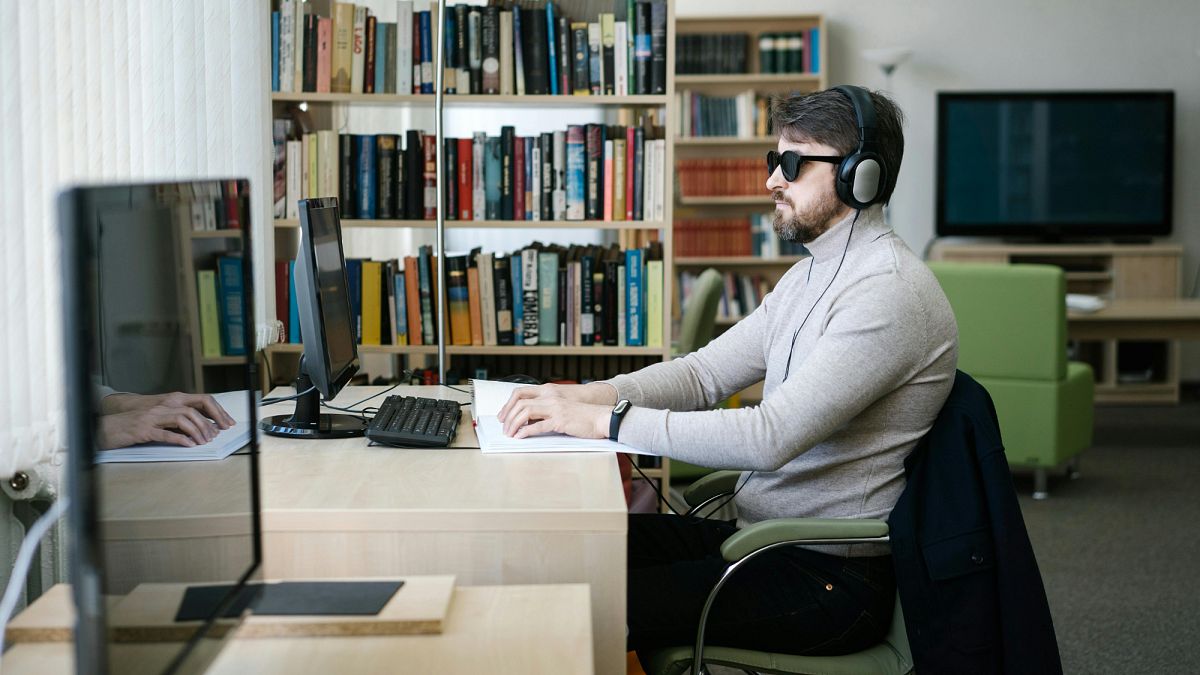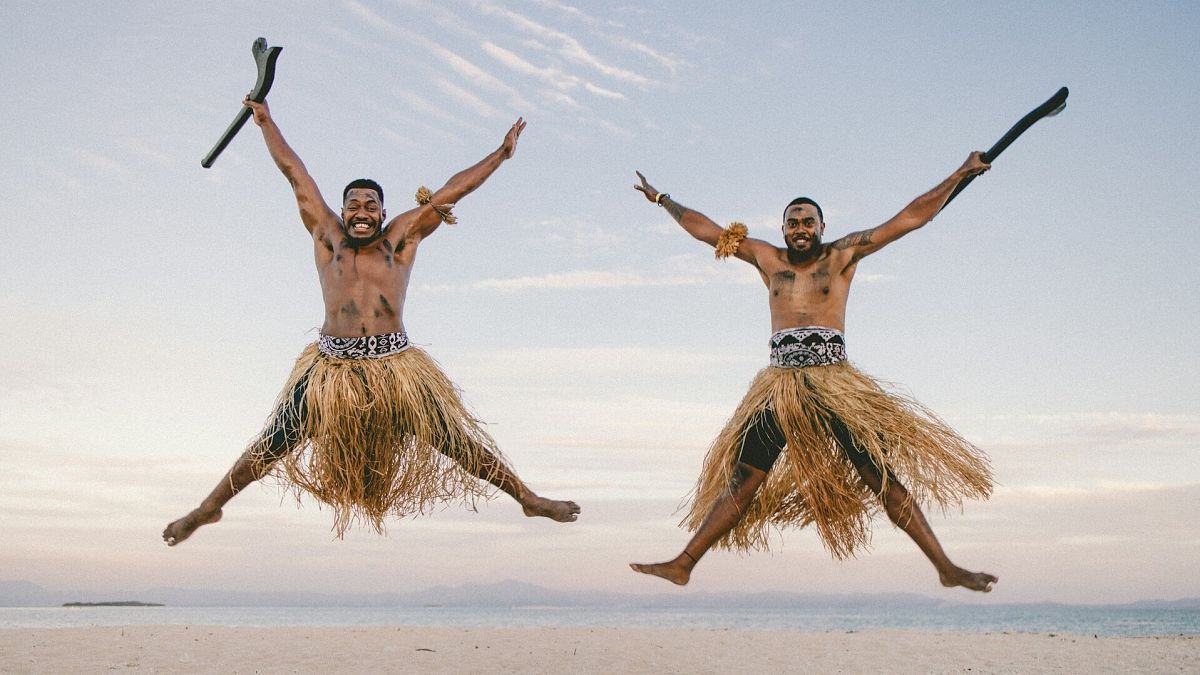Travel businesses are missing out on millions in revenue because their websites are nearly impossible for disabled people to use.
Accessibility in online environments has been assessed by two key players – WebAIM, a nonprofit focused on enhancing the web experience for users with disabilities, and AudioEye, a company specialising in digital accessibility.
Both reports cite travel websites as some of the worst offenders when it comes to accessibility.
WebAIM’s ‘Million’ report assessed accessibility across the top 1,000,000 websites and found that, overall, travel websites had almost 60 errors on their homepage, a 17 per cent increase from last year.
AudioEye’s Digital Accessibility Index identified issues too, with poor colour contrast, vague links and inaccessible forms cited as the most common errors.
The World Health Organisation says one in six of the global population lives with some form of disability. At least 2.2 billion people have a visual impairment, with almost 400 million estimated to have a severe challenge with vision. An estimated 43 million people are registered as blind.
“With around 20 per cent of the population reporting a disability, ignoring accessibility barriers can have a negative impact on a large population of potential customers and site visitors,” Jared Smith, executive director of WebAIM, explains to Euronews Travel.
Much research has been done on the value of catering to disabled travelers. In the UK, the spending power of those with disabilities, known as the ‘purple pound,’ is estimated to exceed £50 billion (€58) in 2025.
“Web accessibility is not only the right thing to do, it is also required by law,” Smith notes. “Because most travel websites have significant accessibility barriers, users with disabilities will spend their time and money at sites that have addressed accessibility issues.”
The best and worst travel websites for accessibility
Booking.com is the most visited travel website in the world, with over 500 million monthly visits. Yet it ranked 712,074th out of the million websites assessed, by far the lowest ranking out of all the major travel companies. Booking.com did not respond to a request for comment.
Airbnb and Trip.com came in around halfway down the ranking, while Agoda ranked 377,532nd. The travel companies doing the best included Uber, ranking just over 8,000th, and Skyscanner, coming in at 1,113th.
For most of the errors detected, the most common problem was low contrast text, detected on 79.1 per cent of the homepages checked. Not providing ‘alternative text’ on images – a sentence describing what the image contains – was a problem for more than half the websites.
Other common issues included missing labels for form inputs, empty links and empty buttons, all of which can make it hard for a visually impaired person to understand the content.
Research from AudioEye found that 41 per cent of travel and hospitality websites made it hard for keyboard-only users to navigate, find information and make bookings. The report also found that colour contrast issues were highest in travel and hospitality across all business segments.
Visually impaired users find it almost impossible to book travel online
Lucy Edwards lost sight in her right eye at age 11 due to a genetic condition. She lost the remainder of her sight at 17. Today, she’s an award-winning presenter, author and disability activist, committed to inclusivity across all industries.
“Travel websites are almost always inaccessible,” Lucy tells Euronews Travel. “Images are not described via text, so I rely on my friends, family, and Husband to describe the beautiful scenes to me.”
But it’s not just the beautiful travel images that people like Lucy miss out on. Problems arise when it comes to booking the trip when websites aren’t formatted for accessible reading.
“It’s so infrequent that I can book a holiday independently,” Lucy says. “I’m always afraid I will book something wrong because there are so many pop-ups that disable my screen reader.”
Screen readers are pieces of software that convert the text displayed on a computer screen into speech or, in some cases, even Braille. It’s a crucial piece of technology in enabling users with visual impairments or learning disabilities to access and interact with digital content.
“Websites as a whole do not cater for screen reader users,” Lucy explains. “As a blind person, I feel frustrated every single day browsing the web.”
The law is changing around website accessibility
The European Accessibility Act (EEA) will come into force on 28 June this year. It sets out standards across EU member states, aiming to remove barriers and ensure that people with disabilities can participate fully in society.
While the EEA applies to more than just websites, a key component is making all websites trading in the EU accessible to everyone. Any company either based in the EU or that does business within the EU with at least 10 employees and a €2 million plus turnover will be expected to comply.
Specifically, the law requires all websites to be perceivable, operable, understandable and robust for every user. It uses standards set out by the Web Content Accessibility Guidelines, commonly called WCAG, as a minimum requirement.
In its most basic form of implementation, WCAG requires readable fonts with high contrast colour schemes, clear navigation with descriptive links, alternative text to be included for all images and video captions, and ensuring all interactive elements are keyboard accessible.
Noncompliant companies could face fines and legal action, exclusion from procurement activities and negative publicity.
“Overall the [web] experience has left me in tears,” Lucy confides to Euronews Travel. “I’m so lucky that I have sighted help, but it shouldn’t have to be this way.”
Clearly, the EU agrees with this and is poised to make it uncomfortable for nonconforming businesses. With the EEA just weeks away, it’s time for travel firms to step up their game and make planning, booking and experiencing travel something everyone can enjoy.












